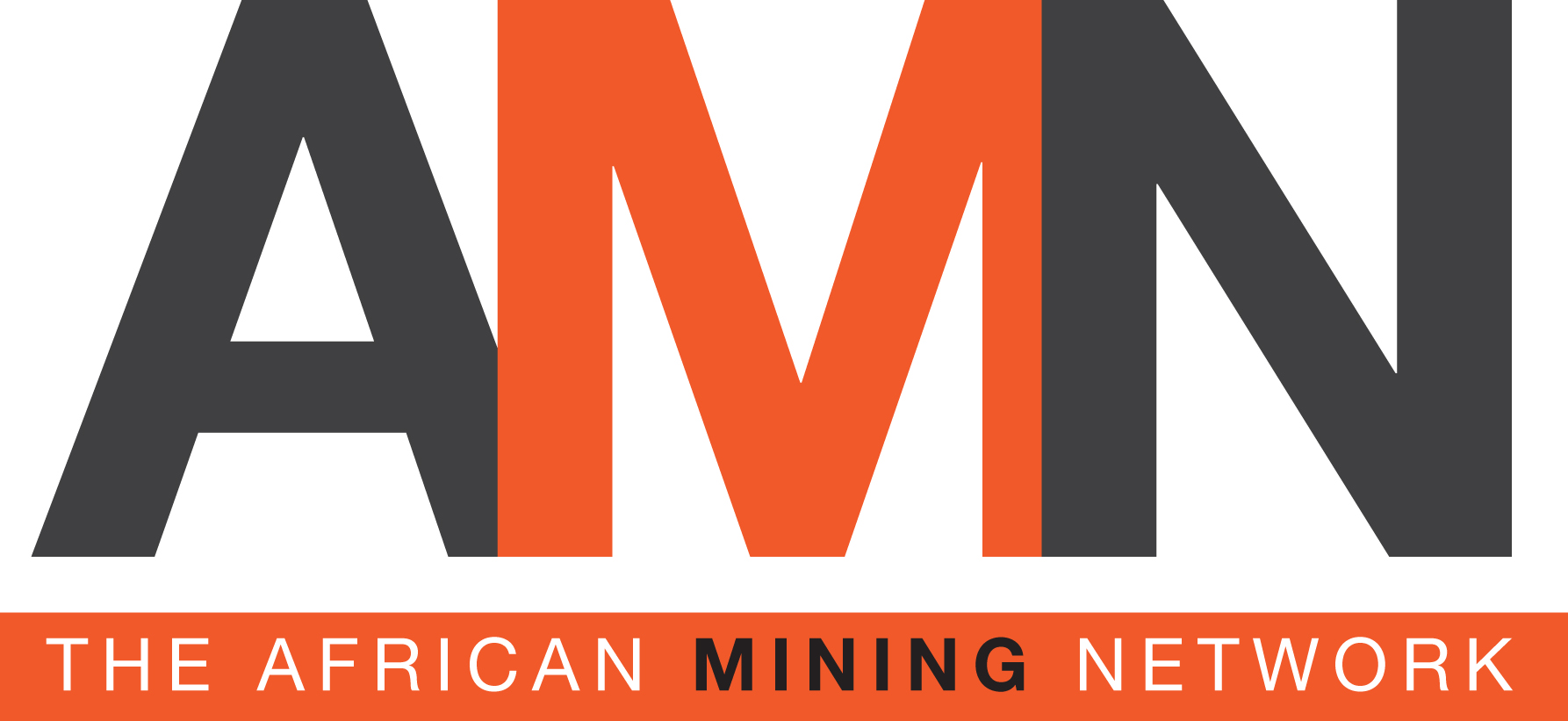- Yolanda Torrisi
- +61 412 261 870
- yolanda@yolandatorrisi.com
- Nina van Wyk
- +27 82 926 3882
- nina@africanminingnetwork.com

Boosted by rising commodity prices, the mining industry has regrouped after a number of very difficult years and is now on the rise again. PwC’s Mine 2017 report backs up the optimism, stating that the market capitalisation of the world’s 40 leading mining companies increased 45 per cent in 2016 to $714 billion, approaching the level attained in 2014.
The report, which is based on studies of financial information to December 31, 2016, found that the valuations of the top 40 miners had climbed, particularly in the case of the traditional miners. “The mining industry remains a long way off the peaks of previous cycles, but it has regrouped and has begun to rise,” it says.
Mine 2017 states that commodities experienced a bumper 2016 compared to 2015 with solid performances in the prices of gold, copper and nickel. The standouts were coal and iron ore, which were battered in 2015, providing investors with a rough ride.
Iron ore prices doubled by the end of the year and reached a high of $89 a tonne in mid-February. Since then prices have fluctuated but remain higher than 2015. The price of thermal coal doubled to reach $100 a tonne in November and, again, have fluctuated since.
The top 40 companies earned total net profit of $20 billion in 2016, a big improvement on the aggregate loss of $28 billion in 2015. “Miners managed to turn the historical aggregate net loss in 2015 into a profit, driven by lower impairment charges, and a decrease in interest expenses after key players cleaned up their balance sheets,” the report says.
Despite the optimism, the report states the mining industry if not out of the woods yet as capital expenditure fell to new lows. In 2016 capex fell by a further 41 per cent, to a record low of $50 billion, and there was an absence in the announcement or commencement of significant greenfields projects.
It also found that, for the fourth consecutive year, the industry reduced spending on exploration. “Only $7.2 billion was invested in 2016, barely a-third of the record $21.5 billion allocated in 2012, with the funds cautiously targeted at less risky, later-stage assets, typically located in politically stable countries.”
Of the top 40 miners active in South Africa, AngloGold Ashanti was the only ‘real’ local company to make the top 40 list in 2016, at number 40, while South32, which demerged from BHP Billiton, was a new arrival, at number 22. Another company, on the list at eighth, was Anglo American, whose subsidiaries include Anglo American Platinum and Kumba Iron Ore.
Yolanda Torrisi is Chairperson of The African Mining Network and comments on African mining issues and the growing global interest in the African continent. Contact:yolanda@yolandatorrisi.com

